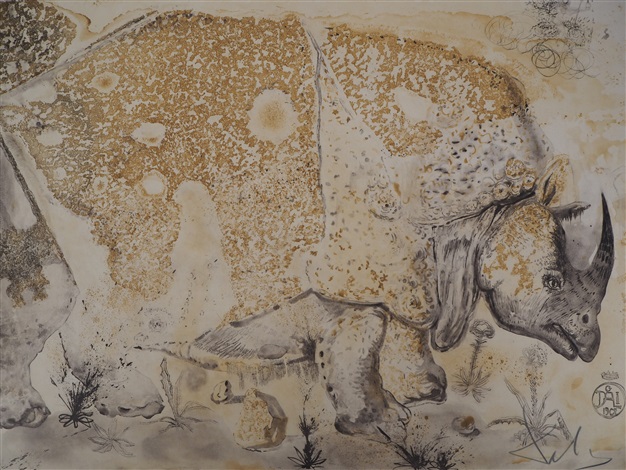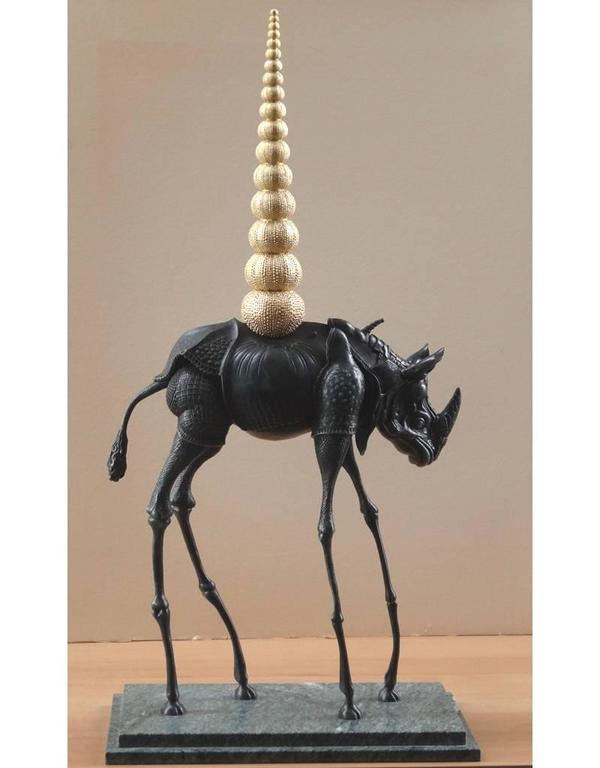

He also published essays in which he discussed and defined the surrealist object, such as Lobster Telephone] (1936) and Mae West Lips Sofa (1937) were usually constructed from found items or readymade materials. The technique required the artist to enter a unique state of mind which he described as a “spontaneous method of irrational knowledge, based on the critical-interpretative association of the phenomena of delirium”.

In the painting, he effortlessly integrates the real and the imaginary in order “to systemize confusion and thus to help discredit completely the world of reality”.ĭalí’s most important contribution to Surrealism was the paranoiac-critical method, a surrealist technique he developed in the 1930s. The painting depicts a dreamworld in which common objects are deformed and displayed bizarrely and irrationally: watches, solid and hard objects appear to be inexplicably limp and melting in the desolate landscape. Between 19, Dalí produced some of the most famous surrealist paintings, including his masterpiece, The Persistence of Memory (1931).

The film propelled the authors to the center of the French surrealist circle led by André Breton. In 1929, Dalí burst onto the art scene with the debut of Un Chien Andalou (An Andalusian Dog) (1929), a short silent surrealist film he made with Spanish director Luis Buñuel. The second was his introduction to the Paris Surrealists, a group of artists and writers who sought to unlock the creative potential of the human unconscious. The first was the work of psychoanalyst Sigmund Freud that explored the erotic significance of dreams and subconscious imagery. In the late 1920s, two chief influences emerged that shaped his mature artistic style. Born in 1904 in Figueras, Catalonia, Dalí studied art in Madrid and Barcelona, where he demonstrated masterful painting skills and experimented with several artistic styles. In 1958, Dalí wrote, "Paradoxically, this painting, which has an erotic appearance, is the most chaste of all.An author, artist and provocateur, Salvador Dalí was one of the most notable figures of the Surrealist movement. The painting, formerly in the collection of The Playboy Mansion (Playboy Enterprises sold the painting in London in 2003 for 1.35 million pounds ), recalls his depiction of his sister Ana María in Figure at a Window (1925), and has therefore been read by some critics as a nasty jab at his sister, punishing her for publishing a biography on Dalí that presented a quite negative point of view it has also been interpreted as a painting of Gala, though in fact the figure is based on a photograph from a 1930s sex magazine. Specifically, Vermeer's The Lacemaker seems to have been the galvanising element, with its convergent curves which focus on the subject's fingers and so to the penetration point of her needle - which as Dalí has pointed out is merely implied and not actually painted. Here, the young virgin's buttocks consist of two converging horns and two horns float beneath "as the horns simultaneously comprise and threaten to sodomise the callipygian figure, she is effectively (auto) sodomised by her own constitution." ĭalí's inspiration for the image appears to have come from Vermeer, one of a handful of artists regarded by Dalí as masters. During the 1950s, Dalí painted many of his subjects as composed of rhinoceros horns. Young Virgin Auto-Sodomized by the Horns of Her Own Chastity is a 1954 painting by Salvador Dalí. 1954 painting by Salvador Dalí Young Virgin Auto-Sodomized by


 0 kommentar(er)
0 kommentar(er)
